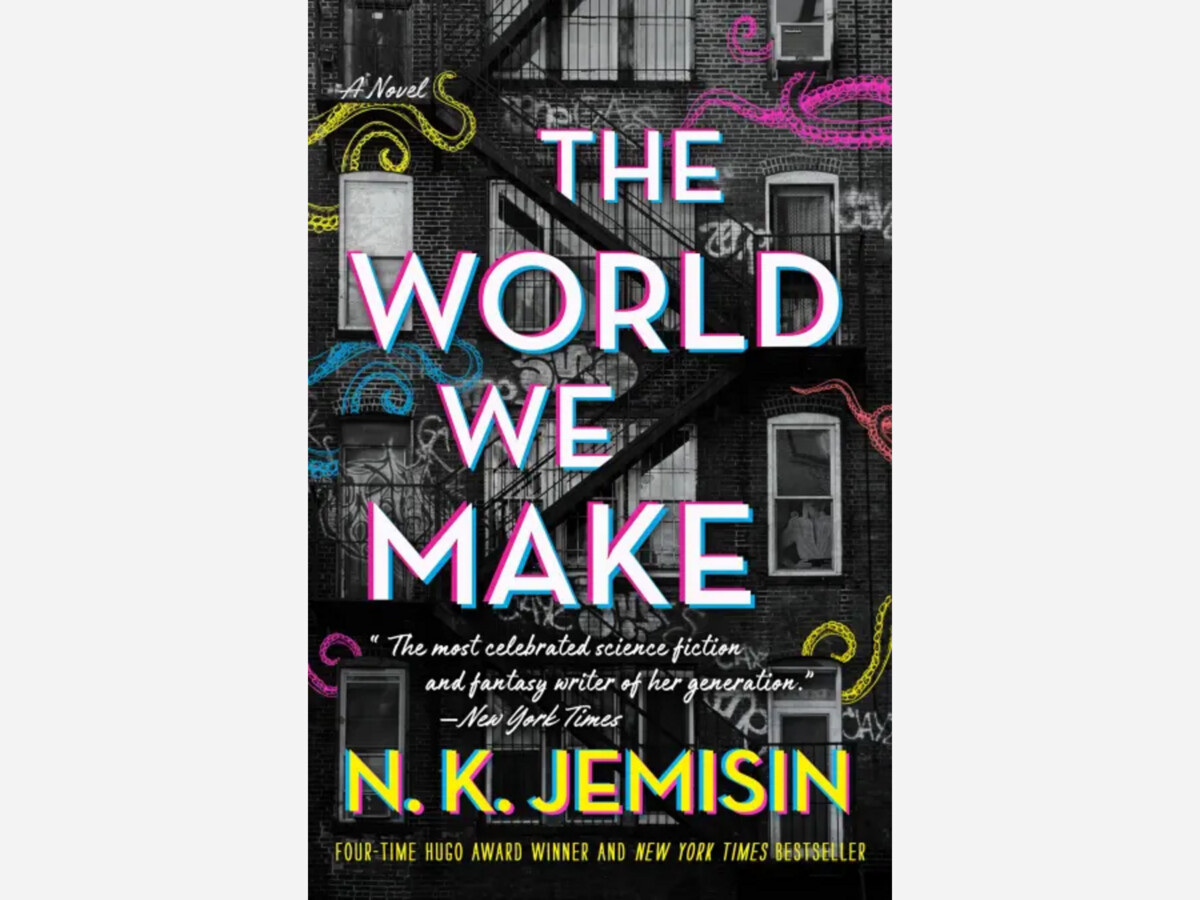Image


N.K. Jemisin has become a fixture of the speculative fiction community. Her Broken Earth trilogy earned her a Hugo Award for each entry, making her one of five authors who have ever won the award for science fiction literature three times. In early 2020, she released her latest book The City We Became which was itself an expansion of her short story “The City Born Great” and told the story of the avatars of New York who had awakened to face off against an evil entity from the multiverse hell-bent on destroying humanity. The sequel The World We Make expands on this and tries to reflect how the world has changed in the two years since its predecessor, however it spreads itself too thin for any one of these critiques to land properly.
In the last book, because the identities of the five boroughs are so unique from each other, five avatars were awakened when New York had developed enough to have an avatar. In the ensuing conflict, the avatar for Staten Island sided with the villain, is metaphysically jettisoned from New York City, and Jersey City takes her place as the fifth borough because it had an identity tied to New York City. This time, there are outside forces impacting the power of the city and making them weaker (think Peter Parker’s crisis of confidence in Spider-Man 2 causing his powers to glitch), a mayoral candidate who is a thinly veiled reflection of a current real-life politician who is trying to change the city, and a council of other cities who are a nuisance at best. The avatars have to deal with all of this while also dealing with the return of R’lyeh who is still trying to wipe out the city.
This wide-ranging array of problems that the protagonists have to face is where the book kind of falls apart. Each of the subplots has the potential for depth enough to be the A-plot of the story, however dealing with the (for lack of a better word) incursion of R’lyeh is by and large the main story. Seeing Brooklyn deal with a business focused on gentrification and running for mayor against a candidate with funding from outside who wants to “Make New York Great Again” is an interesting idea, however that has to take a backseat to the Lovecraftian fantasy of the story to the point where the resolution of these plots is tied to the resolution of the fantasy elements makes the finale for this part of the story feel hollow. Manny’s conflict about taking the role of the avatar of Manhattan when that’s not what he was supposed to do with his life is also interesting and is played as part of the plot in a major way, however it doesn’t have a clear resolution either.
Considering how much of the plot hinges on the avatars (specifically Brooklyn and Queens) having their power taken away temporarily at points, it is weird that the book does not fully address these issues and how it relates to outside view of the city. At a time where New York City is routinely under attack from outside entities that have a misunderstanding (or more accurately an intentional misrepresentation) of what happens within its city limits and what it means to live there, this could have and should have been the main plot. What it feels like happened was that this was meant to be a trilogy and R’lyeh was supposed to use the mayoral campaign to weaken the avatars going into the third entry, however both get squeezed into one book, harming the development of all the characters. This is exemplified by Staten Island’s arc which is handled in four sequences which is not nearly enough time.
The World We Make continues N.K. Jemisin’s work of building impressive and unique worlds, even if not everything that happens in the book does not entirely land. What does land, and a lot of the emotion lands, does so very well and makes for an enjoyable reading experience for the final stretch of 2022.
Final Rating: 8/10